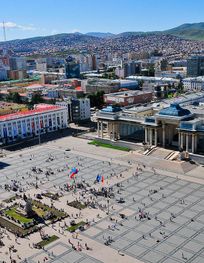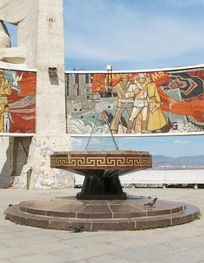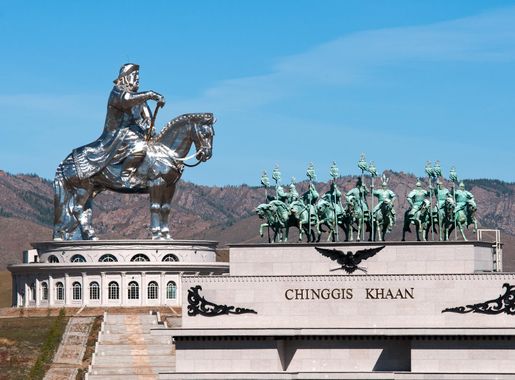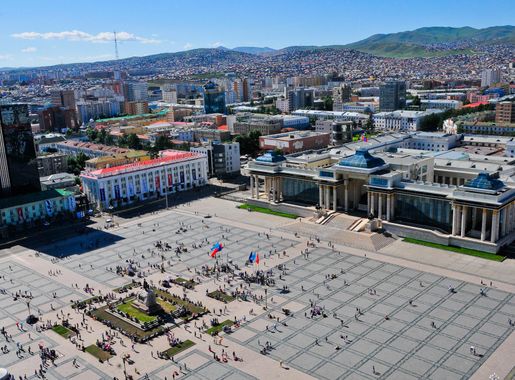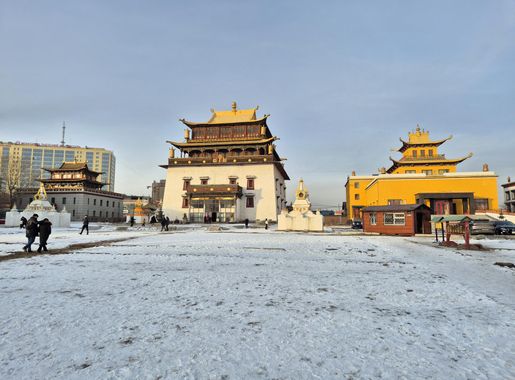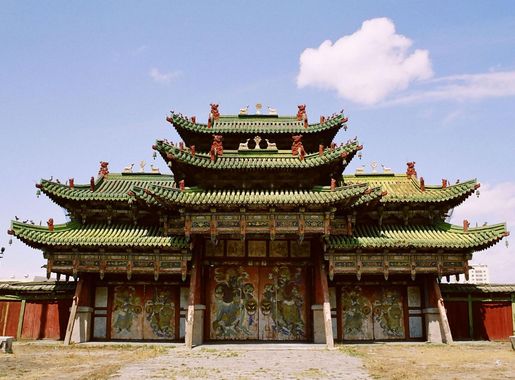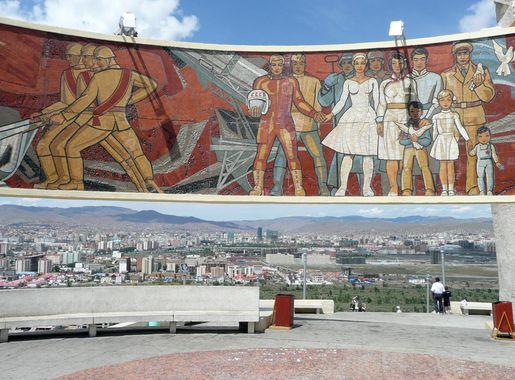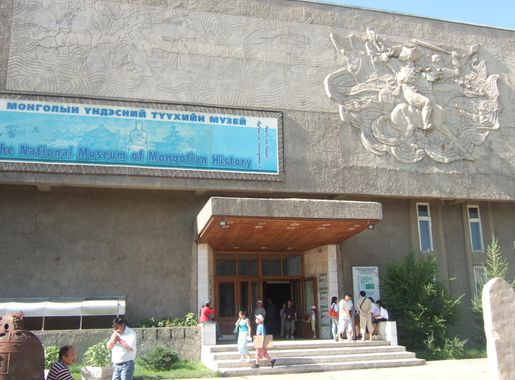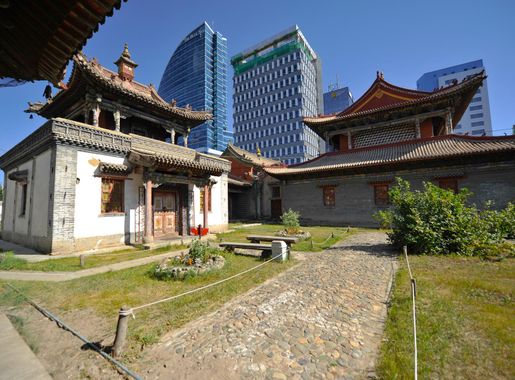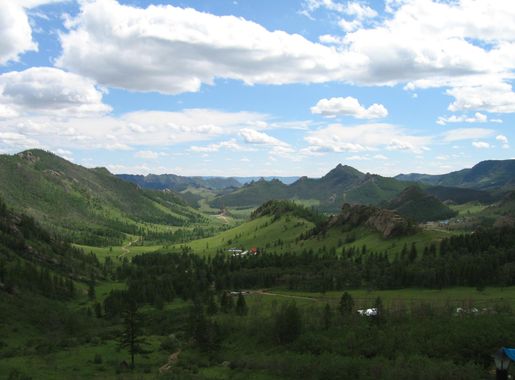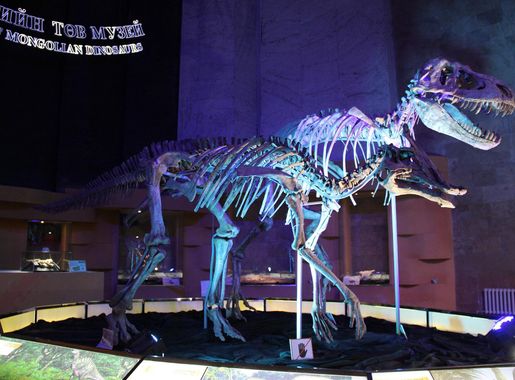
Ulaanbaatar: The Heart of Mongolia's Vast Wilderness
Discover Ulaanbaatar, Mongolia's dynamic capital where modern life meets ancient traditions, surrounded by stunning natural landscapes and rich cultural heritage.
Ulaanbaatar, the capital of Mongolia, is a city that seamlessly blends modernity with deep-rooted traditions. Nestled in the valley of the Tuul River, this vibrant city is where the past and present meet. From ancient monasteries to bustling markets, Ulaanbaatar offers a unique glimpse into the soul of Mongolia. Start your journey at Sukhbaatar Square, the central square of Ulaanbaatar, named after the revolutionary hero. The square is surrounded by significant landmarks, including the Government Palace and statues that echo Mongolia's rich history. A visit to the Gandantegchinlen Monastery is a must, where the tranquil atmosphere and impressive 26.5-meter-high statue of Avalokitesvara will leave you in awe. For a taste of Mongolia’s natural beauty, take a trip to the nearby Gorkhi-Terelj National Park. Here, you can hike, horseback ride, and immerse yourself in the breathtaking landscapes that define Mongolia. The park's Turtle Rock and Aryabal Meditation Temple are popular spots that provide both scenic beauty and spiritual solace. Don't miss the National Museum of Mongolia, where you can delve deep into the country's history, from the era of the Great Khans to modern times. After a day of exploration, relax in one of the city’s many cozy cafes or vibrant restaurants, sampling traditional Mongolian cuisine such as khorkhog or buuz. Ulaanbaatar might be your gateway to the wild steppes, but it’s also a destination full of its own charm and surprises.
Local tips in Ulaanbaatar
- Visit in late spring or early autumn for the best weather.
- Carry cash, as many places do not accept credit cards.
- Learn a few basic Mongolian phrases; locals appreciate the effort.
- Be prepared for traffic; plan to walk or use public transport.
- Respect local customs, especially when visiting religious sites.
Neighbourhoods in Ulaanbaatar
Ulaanbaatar: The Heart of Mongolia's Vast Wilderness
Ulaanbaatar, the capital of Mongolia, is a city that seamlessly blends modernity with deep-rooted traditions. Nestled in the valley of the Tuul River, this vibrant city is where the past and present meet. From ancient monasteries to bustling markets, Ulaanbaatar offers a unique glimpse into the soul of Mongolia. Start your journey at Sukhbaatar Square, the central square of Ulaanbaatar, named after the revolutionary hero. The square is surrounded by significant landmarks, including the Government Palace and statues that echo Mongolia's rich history. A visit to the Gandantegchinlen Monastery is a must, where the tranquil atmosphere and impressive 26.5-meter-high statue of Avalokitesvara will leave you in awe. For a taste of Mongolia’s natural beauty, take a trip to the nearby Gorkhi-Terelj National Park. Here, you can hike, horseback ride, and immerse yourself in the breathtaking landscapes that define Mongolia. The park's Turtle Rock and Aryabal Meditation Temple are popular spots that provide both scenic beauty and spiritual solace. Don't miss the National Museum of Mongolia, where you can delve deep into the country's history, from the era of the Great Khans to modern times. After a day of exploration, relax in one of the city’s many cozy cafes or vibrant restaurants, sampling traditional Mongolian cuisine such as khorkhog or buuz. Ulaanbaatar might be your gateway to the wild steppes, but it’s also a destination full of its own charm and surprises.
When is the best time to go to Ulaanbaatar?
Iconic landmarks you can’t miss
Chinggis Khaan Statue Complex
Discover the majestic Chinggis Khaan Statue Complex in Ulaanbaatar, a tribute to Mongolia's legendary hero with breathtaking views and rich cultural experiences.
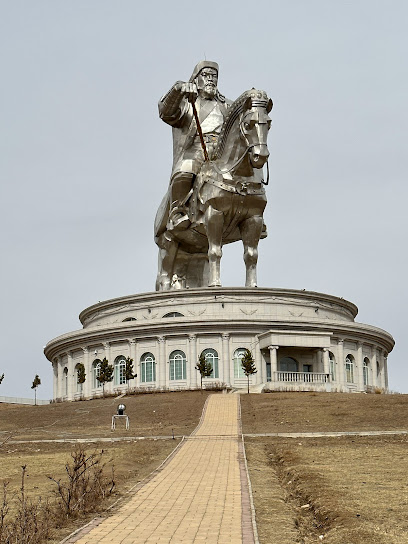
Gandantegchinlen Monastery
Explore the serene beauty and rich heritage of Gandantegchinlen Monastery, a peaceful Buddhist temple in Ulaanbaatar, Mongolia.
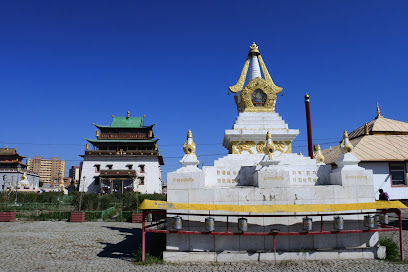
Narantuul Market
Explore the bustling Narantuul Market in Ulaanbaatar for a unique shopping experience filled with local culture, crafts, and delicious cuisine.
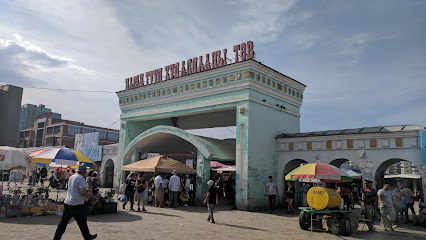
Zaisan Monument
Discover the historic Zaisan Monument in Ulaanbaatar, a symbol of Mongolia's resilience and a stunning viewpoint overlooking the city.
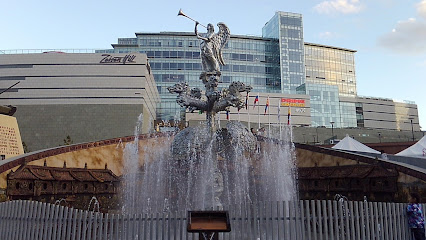
Монголын Үндэсний Музей
Discover the vibrant history and culture of Mongolia at the National Museum, an essential stop for any traveler exploring Ulaanbaatar.
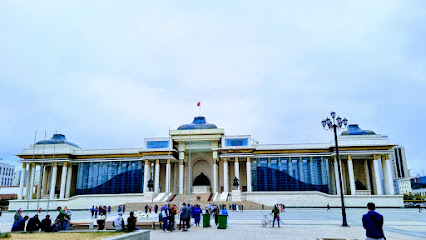
Bogd Khaan Palace Museum
Explore the grandeur of Mongolia's last king at the Bogd Khaan Palace Museum, where history and culture come alive in Ulaanbaatar.

Bogd Khan Uul Strictly Protected Area
Discover the breathtaking landscapes and rich biodiversity of Bogd Khan Uul, Mongolia's tranquil national park near Ulaanbaatar.
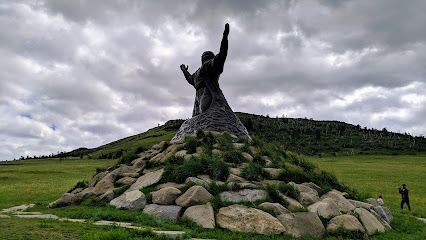
Choijin Lama Temple Museum
Explore the Choijin Lama Temple Museum in Ulaanbaatar, a cultural gem showcasing Mongolia's Tibetan Buddhist heritage and exquisite artistry.

The Natural History Museum of Mongolia
Discover Mongolia's natural wonders and rich biodiversity at the Natural History Museum, a captivating journey through time and nature.
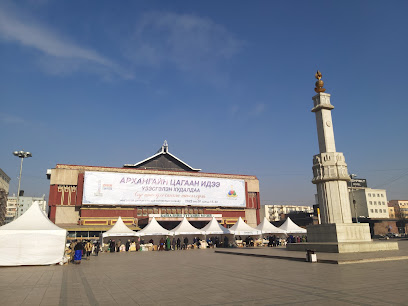
The Fine Arts Zanabazar Museum
Discover the rich artistic heritage of Mongolia at the Fine Arts Zanabazar Museum, showcasing exquisite Buddhist art and ancient traditions.
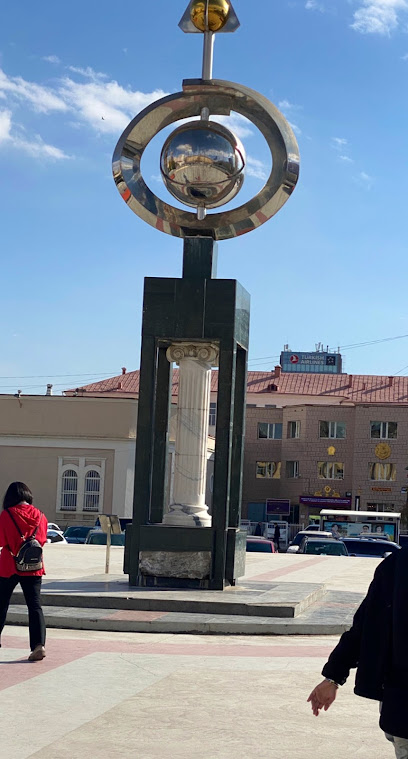
Galleria Ulaanbaatar
Explore Galleria Ulaanbaatar, a vibrant shopping mall offering the best of Mongolian and international shopping experiences in a lively atmosphere.
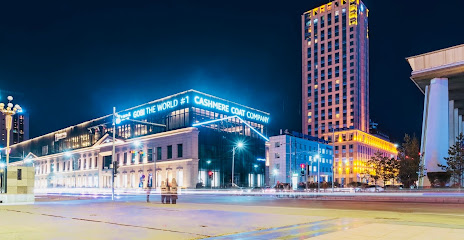
Dashchoilin Monastery
Explore the serene beauty and cultural richness of Dashchoilin Monastery, a hidden gem in Ulaanbaatar's spiritual landscape.

Mongolian National Art Gallery
Explore the rich artistic heritage of Mongolia at the Mongolian National Art Gallery, a treasure trove of cultural expression and creativity.
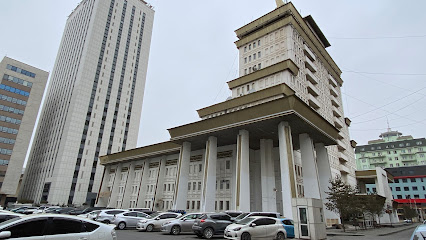
International Intellectual Museum
Explore the International Intellectual Museum in Ulaanbaatar, a hub of creativity and human innovation with diverse exhibits for all ages.
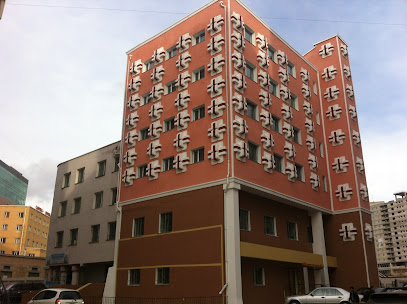
Yavuuhulan Garden
Discover the beauty of Yavuuhulan Garden in Ulaanbaatar, a serene green oasis perfect for relaxation and cultural exploration.
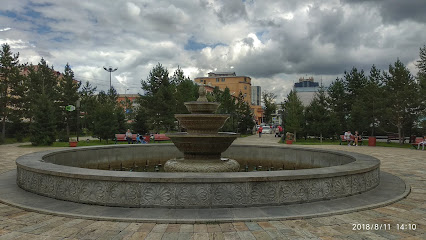
Unmissable attractions to see
Chinggis Khaan Statue Complex
Discover the grandeur of the Chinggis Khaan Statue Complex, where history meets breathtaking landscapes in Mongolia's heart.
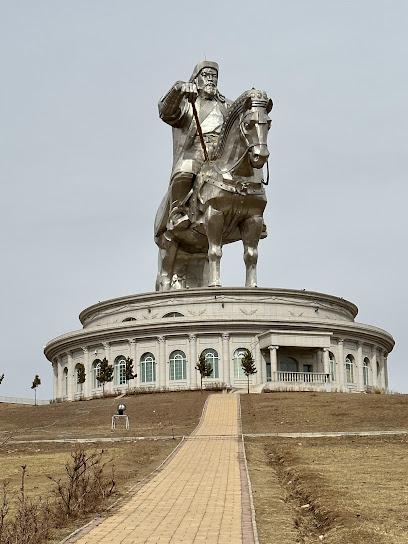
National Park
Discover the serene landscapes and vibrant wildlife of Ulaanbaatar's National Park, a perfect getaway for nature lovers and adventure seekers alike.
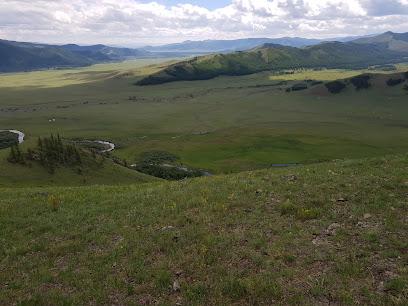
National Museum of Mongolia
Explore the National Museum of Mongolia, a vibrant showcase of history, culture, and the rich heritage of Mongolia, located in Ulaanbaatar.
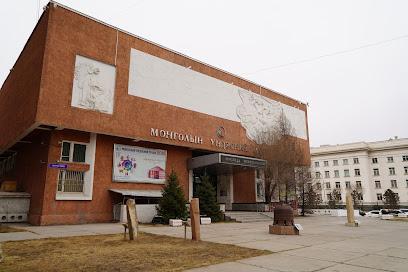
Bogd Khaan Palace Museum
Explore the history of Mongolia at the Bogd Khaan Palace Museum, a stunning blend of culture, architecture, and serene gardens in Ulaanbaatar.
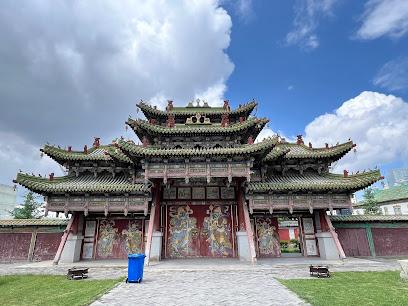
Chinggis Khaan National Museum Mongolia
Explore Mongolia's rich heritage at the Chinggis Khaan National Museum, where history comes alive through artifacts and engaging exhibits.
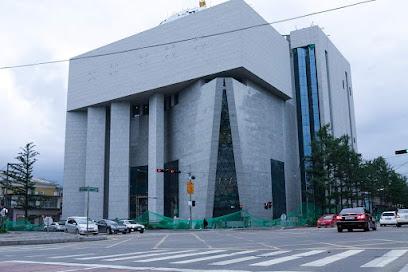
Choijin Lama Temple Museum
Discover the tranquility and rich heritage of the Choijin Lama Temple Museum, a cultural gem in the heart of Ulaanbaatar, Mongolia.
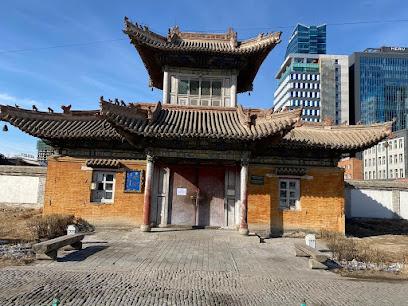
The Natural History Museum of Mongolia
Explore Mongolia's rich biodiversity and geological heritage at the Natural History Museum, a must-visit for every tourist in Ulaanbaatar.
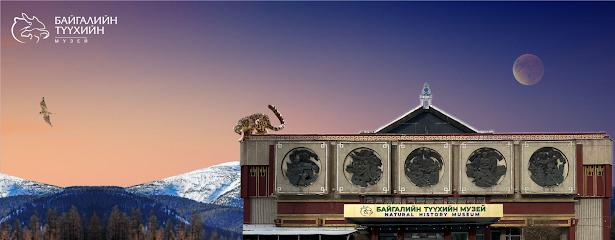
The Fine Arts Zanabazar Museum
Explore the Fine Arts Zanabazar Museum, a cultural gem in Ulaanbaatar showcasing Mongolia's rich artistic heritage and contemporary creativity.
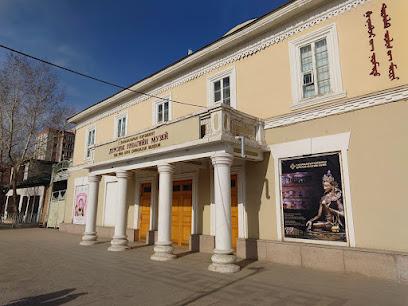
Tumen-Ekh Folk Song and Dance Ensemble
Discover the vibrant culture of Mongolia at the Tumen-Ekh Folk Song and Dance Ensemble, where tradition comes alive through enchanting music and dance.
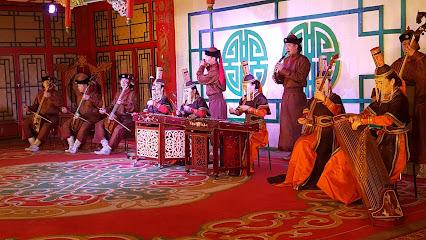
Aryapala Temple Meditation Center
Discover the tranquility of Aryapala Temple in Ulaanbaatar, a serene Buddhist retreat perfect for meditation and spiritual exploration.

Mongolian National Art Gallery
Explore the vibrant artistic expressions of Mongolia at the Mongolian National Art Gallery, a cultural treasure in Ulaanbaatar showcasing traditional and modern art.
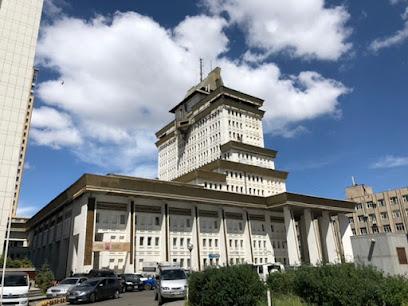
NEW MILESTONE TOURS
Uncover the wonders of Mongolia with New Milestone Tours, your premier travel partner for unique adventures and cultural experiences in Ulaanbaatar.
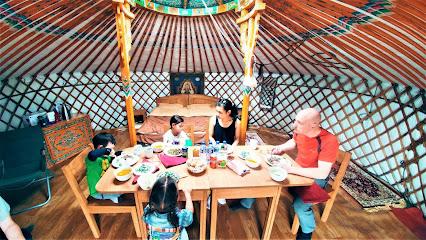
Chinggis khaanii khuree
Discover the cultural heritage and breathtaking landscapes at Chinggis Khaan's Khuree, a must-visit tourist attraction in Mongolia.
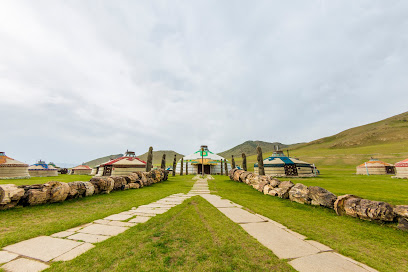
Баавай хад
Explore the breathtaking landscapes and rich cultural heritage of Baavay Khad, a natural gem in the heart of Ulaanbaatar, Mongolia.

Silver Tree Statue
Explore the Silver Tree Statue in Ulaanbaatar, a stunning tourist attraction symbolizing Mongolia's rich culture and artistry.
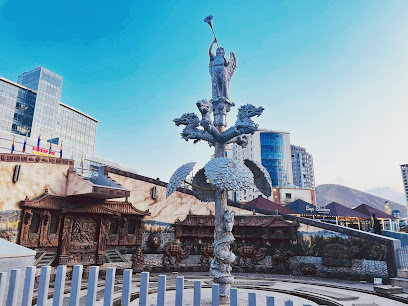
Essential places to dine
Grand Khaan Irish Pub
Discover Grand Khaan Irish Pub in Ulaanbaatar: where traditional Irish charm meets Mongolian hospitality for an unforgettable dining experience.
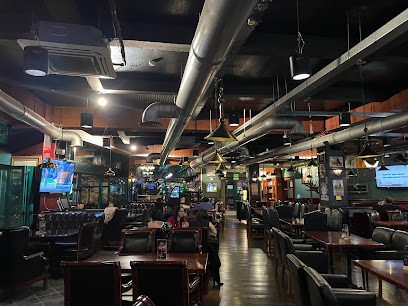
The Bull Hot Pot Restaurant
Discover authentic Mongolian flavors at The Bull Hot Pot Restaurant—where fresh ingredients meet delightful broth choices.
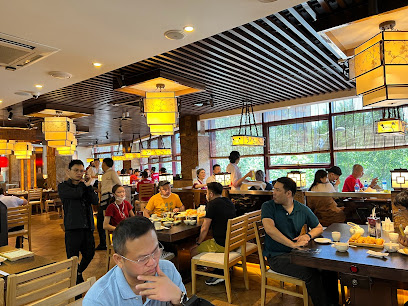
Rosewood Kitchen + Enoteca
Experience authentic Italian cuisine at Rosewood Kitchen + Enoteca in Ulaanbaatar—where every dish tells a story.
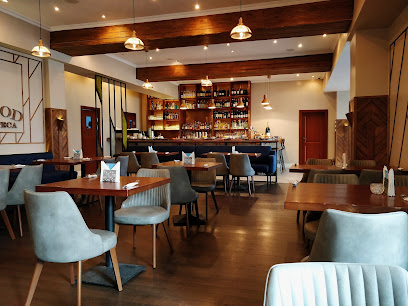
Veranda
Discover an exquisite blend of local and international cuisine at Veranda, Ulaanbaatar's premier restaurant and wine bar.
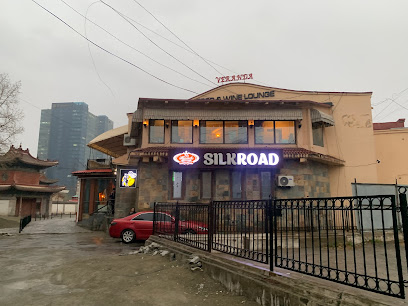
Little Sheep Hot Pot Restaurant, Galleria Ulaanbaatar
Discover authentic Mongolian hot pot dining in Ulaanbaatar at Little Sheep Hot Pot Restaurant - where flavors meet tradition.
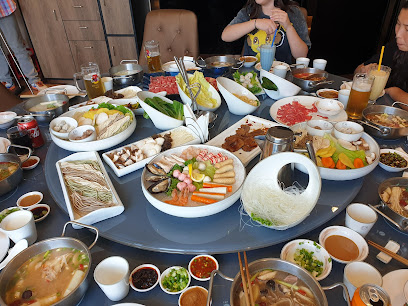
Choijin Temple Restaurant
Experience authentic Mediterranean cuisine in Ulaanbaatar's Choijin Temple Restaurant - where flavor meets culture.
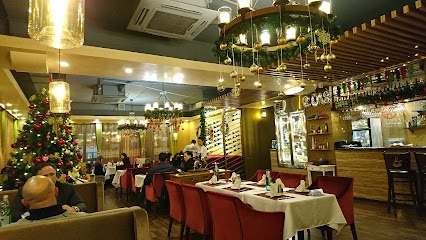
Hazara Indian Restaurant
Discover the rich flavors of India at Hazara Indian Restaurant in Ulaanbaatar - where every dish tells a story.
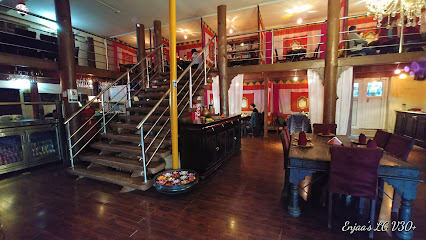
Great Mongol Restaurant & Pub
Experience authentic Mongolian cuisine and vibrant nightlife at Great Mongol Restaurant & Pub in Ulaanbaatar.
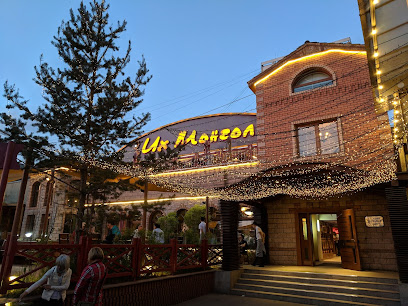
Millie's Espresso
Discover Millie's Espresso in Ulaanbaatar: where American comfort meets Cuban flair in every delightful bite.
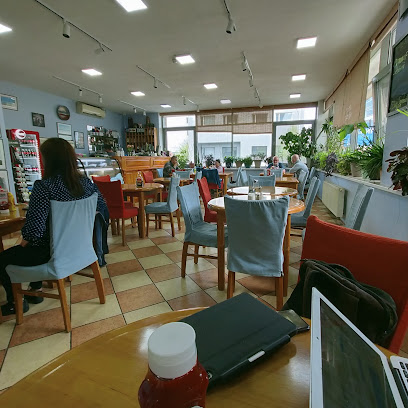
Arig Anya
Experience authentic ramen at Arig Anya in Ulaanbaatar – where tradition meets flavor for an unforgettable dining experience.
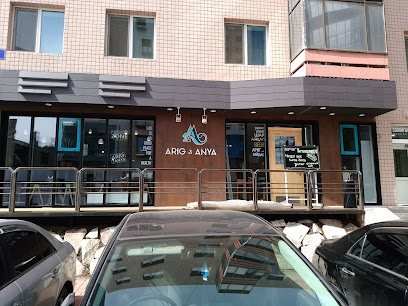
Namaste Baga toiruu
Savor authentic Indian cuisine at Namaste Baga Toiruu in Ulaanbaatar - A true culinary gem offering rich flavors and delightful dining experiences.
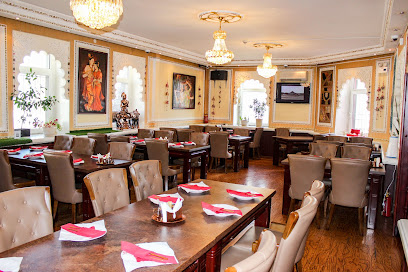
Black Burger Factory
Experience Ulaanbaatar's vibrant culinary scene at Black Burger Factory – where gourmet burgers meet local flavors.
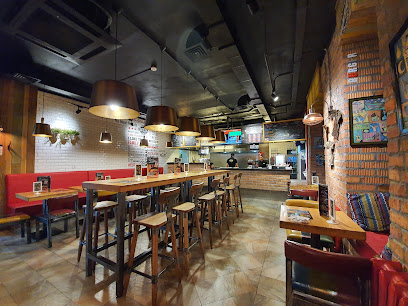
Seoul Restaurant
Discover the authentic taste of Korea at Seoul Restaurant in Ulaanbaatar – where tradition meets modern dining excellence.
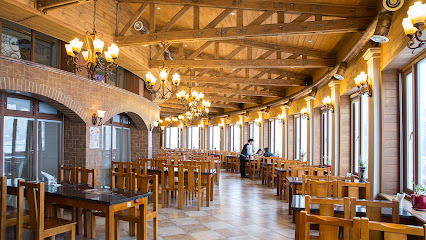
Modern Nomads
Discover the essence of Mongolia through authentic dishes at Modern Nomads in Ulaanbaatar.
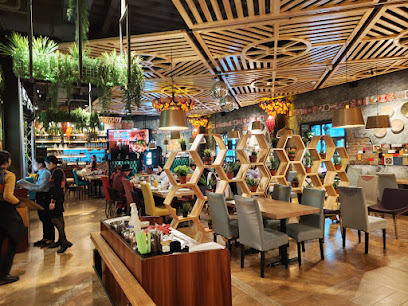
Naadam Bar & Restaurant, Shangri-La Ulaanbaatar
Experience a global culinary journey at Naadam Bar & Restaurant in Ulaanbaatar with exceptional dishes from American to Asian cuisine.
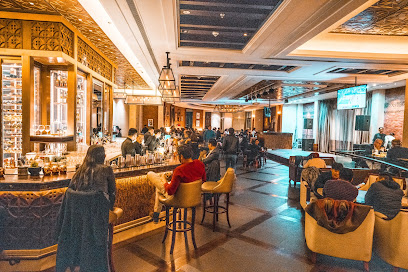
Markets, malls and hidden boutiques
Ulaanbaatar Department Store
Experience the vibrant shopping scene at Ulaanbaatar Department Store, offering a mix of modern fashion, local crafts, and delectable dining options in Mongolia's capital.
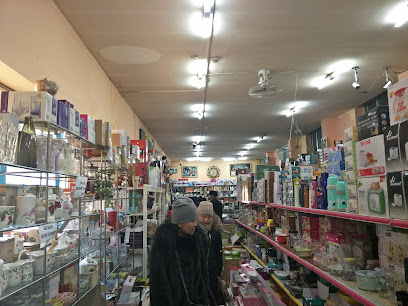
Naran Mall
Experience the vibrant shopping scene at Naran Mall in Ulaanbaatar, offering a mix of global brands and local treasures for every traveler.
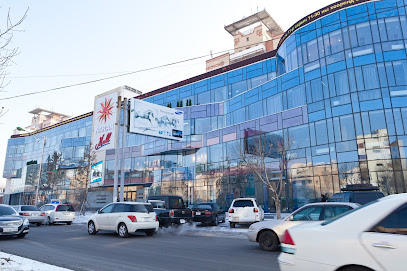
Mary & Martha Mongolia
Explore Mary & Martha Mongolia for unique souvenirs, artistic handicrafts, and fair trade treasures that celebrate Mongolia's vibrant culture.
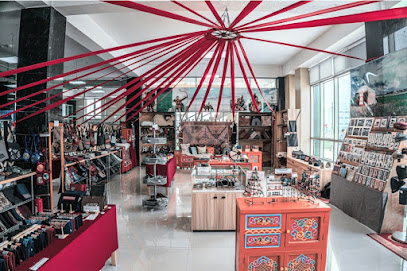
TOIROГ
Explore TOIROГ, Ulaanbaatar's charming thrift store offering unique vintage finds and eclectic treasures for every style.
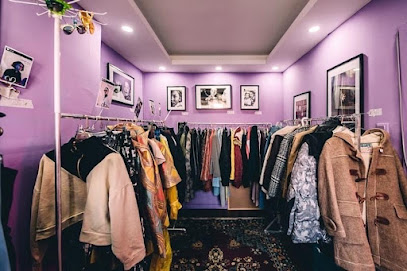
Tako Vintage
Explore timeless fashion treasures at Tako Vintage, a unique clothing store in Ulaanbaatar offering distinctive vintage apparel.
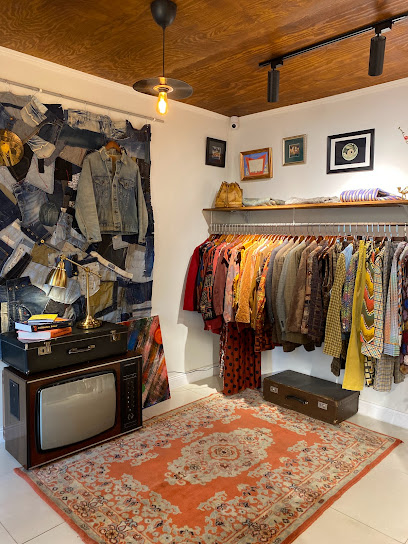
Tsagaan Alt Wool Shop
Discover the rich heritage of Mongolian wool fashion at Tsagaan Alt Wool Shop in Ulaanbaatar, where tradition meets style.
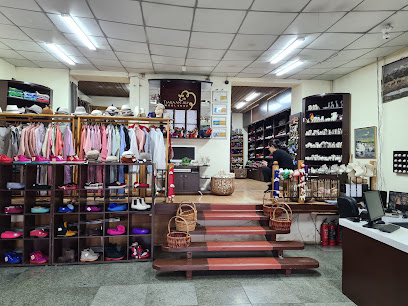
Mongolian Quilting, Upcycled clothe, local Souvenir (Non profit organization) МОНГОЛЫН ЗҮЙМЭЛ УРЛАЛЫН ТӨВ Mongolia Ulan Bator
Discover the artistry of Mongolia at the Mongolian Quilting Center, where upcycled textiles create unique souvenirs reflecting rich cultural heritage.

SOUVENIR SHOP
Explore Ulaanbaatar's charming souvenir shop, offering unique local crafts and memorabilia perfect for any traveler seeking a piece of Mongolia.
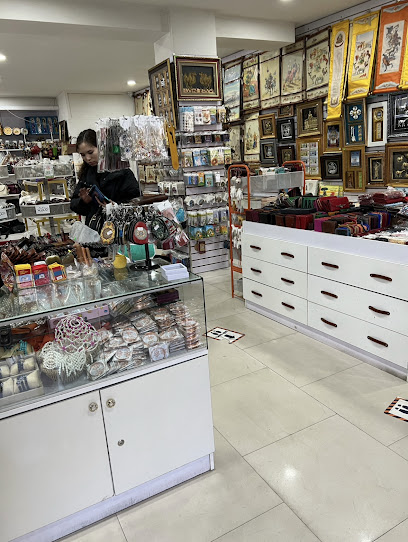
Journey Shop
Discover authentic Mongolian fashion and unique souvenirs at Journey Shop in Ulaanbaatar, where tradition meets contemporary style.
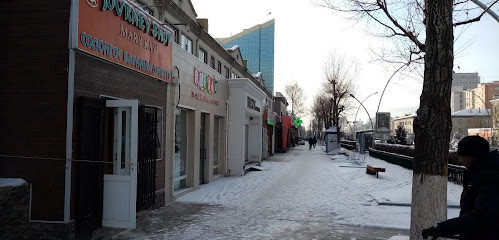
Wolford Boutique Ulaanbaatar
Discover the elegance of Wolford Boutique Ulaanbaatar, where luxury meets style in the heart of Mongolia's capital.

Чандмань
Explore Чандмань, the gift shop in Ulaanbaatar, where unique Mongolian treasures await to be discovered.
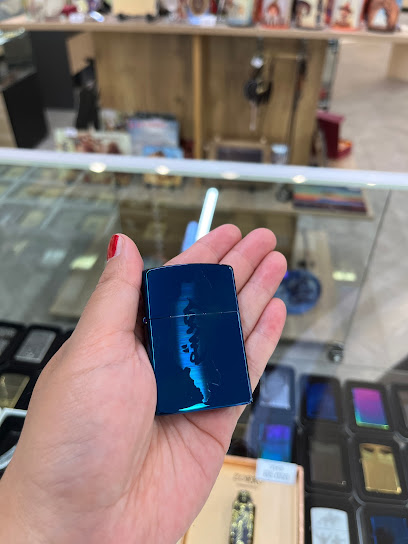
Eternal Art Antique Gallery
Explore Mongolia's rich heritage at Eternal Art Antique Gallery, home to unique artifacts and vintage treasures in Ulaanbaatar.
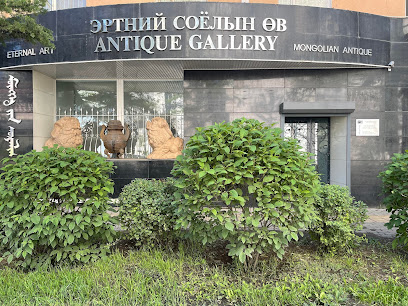
wOOw unusual gift shop
Explore wOOw Unusual Gift Shop in Ulaanbaatar for unique gifts and souvenirs that embody the charm and culture of Mongolia.
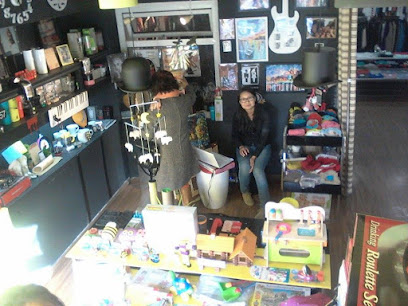
Onion Store
Explore Ulaanbaatar's Onion Store for unique clothing that blends traditional Mongolian styles with modern trends, perfect for fashion enthusiasts.
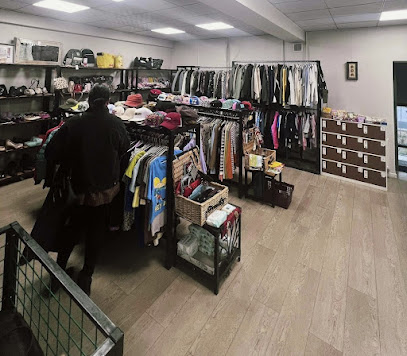
crystal online shop
Uncover the essence of Mongolian fashion at Crystal Online Shop, where contemporary styles meet traditional elegance.

Essential bars & hidden hideouts
Grand Khaan Irish Pub
Discover the lively atmosphere and authentic Irish cuisine at Grand Khaan Irish Pub in Ulaanbaatar, where locals and tourists gather for great food and drinks.
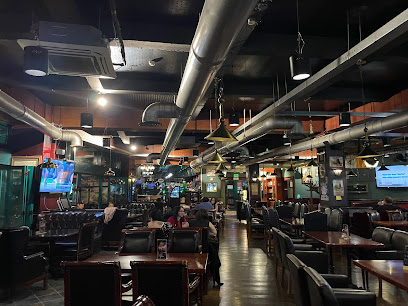
Fat Cat Jazz Club Ulaanbaatar
Dive into the vibrant jazz scene of Ulaanbaatar at Fat Cat Jazz Club, where live music and a lively atmosphere await every night.
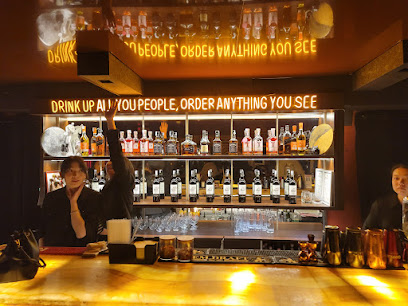
Brussels Belgian Beer Cafe
Discover a taste of Belgium at the Brussels Belgian Beer Cafe in Ulaanbaatar, featuring an extensive beer selection and traditional dishes.
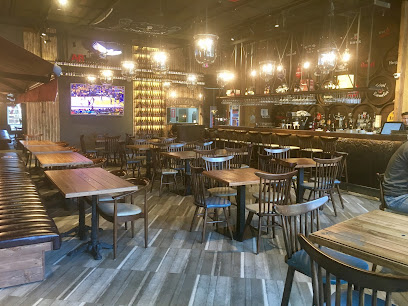
SALM PUB & BAR
Discover the lively ambiance and local flavors at SALM PUB & BAR in Ulaanbaatar, the perfect destination for an unforgettable night out.

Dublin irish pub
Discover the vibrant spirit of Ireland at Dublin Irish Pub in Ulaanbaatar, where traditional food and live music create unforgettable memories.
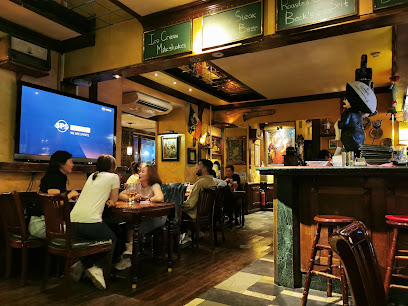
Chinggis Club
Experience Ulaanbaatar's vibrant brewpub scene at Chinggis Club, where craft beer meets local flavors in a lively atmosphere.
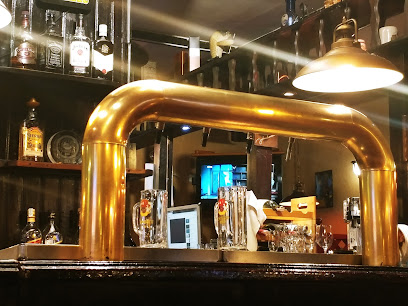
LIMANI Lounge - Ulaanbaatar
Discover the elegance of LIMANI Lounge in Ulaanbaatar, where exquisite cuisine meets stunning skyline views for an unforgettable experience.
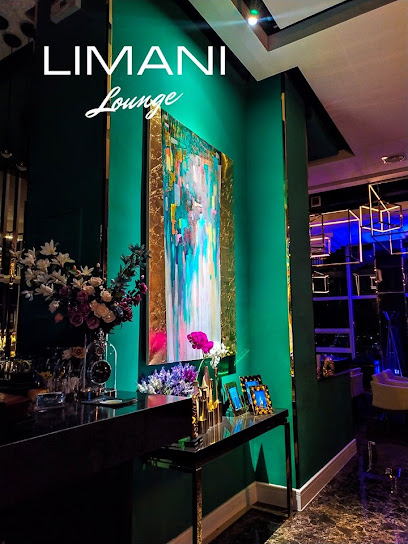
Elixir Coffee & Wine Bar
Discover the perfect blend of rich coffee and exquisite wines at Elixir Coffee & Wine Bar, a cozy retreat in Ulaanbaatar.
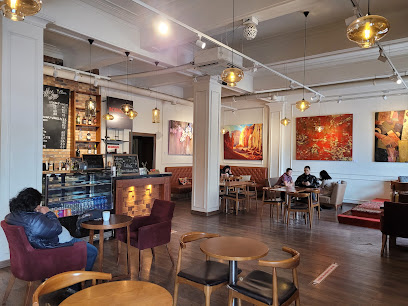
Tse Pub
Discover the lively atmosphere and local flavors at Tse Pub, a vibrant gathering spot in Ulaanbaatar's nightlife scene.
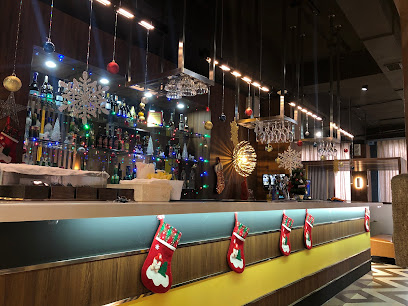
AB
Enjoy a unique dining experience at AB Center in Ulaanbaatar, where delicious cuisine meets the thrill of karaoke in a vibrant lounge atmosphere.
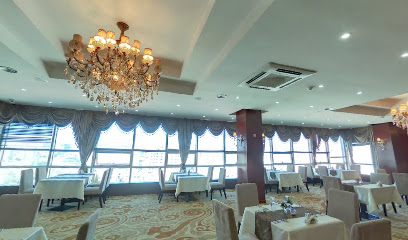
Bitsy & Co.
Discover Ulaanbaatar's vibrant nightlife at Bitsy & Co., a cocktail bar blending local flavors with classic concoctions in an elegant setting.
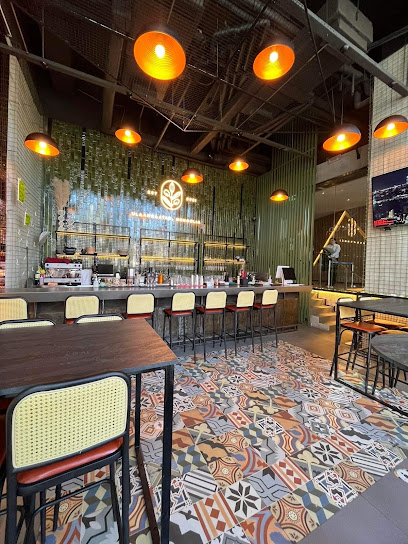
Irish pub-1
Discover the vibrant atmosphere of an authentic Irish pub in Ulaanbaatar, offering traditional dishes and a wide selection of drinks.
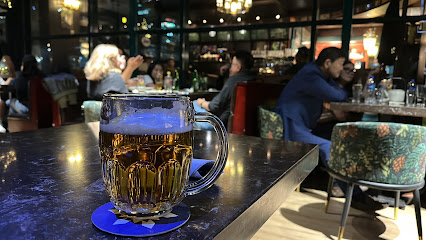
Square
Experience the vibrant culinary scene at Square, a lively pub and restaurant in the heart of Ulaanbaatar, blending local flavors with international favorites.
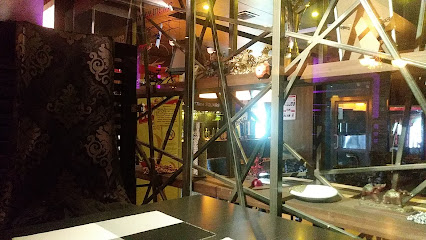
Cantê Bar & Garden
Discover the vibrant nightlife of Ulaanbaatar at Cantê Bar & Garden, where cocktails, live music, and a lively garden atmosphere await.
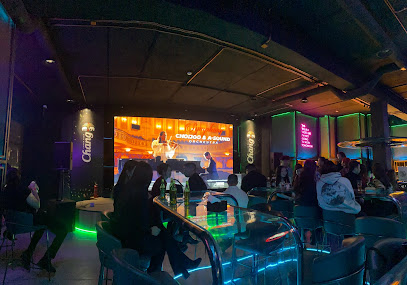
Biere House Ulaanbaatar
Explore the lively nightlife of Ulaanbaatar at Biere House, where live music and a vibrant atmosphere await every visitor.
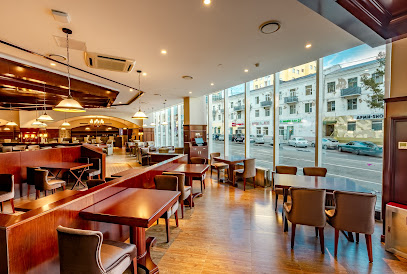
Local Phrases
-
- HelloСайн уу
[Sain uu] - GoodbyeБаяртай
[Bayartai] - YesТийм
[Tiim] - NoҮгүй
[Ugui] - Please/You're welcomeӨөрөө баярлалаа
[Ooroo bayarlalaa] - Thank youБаярлалаа
[Bayarlalaa] - Excuse me/SorryУучлаарай
[Uuchlaarai] - How are you?Та яагаад байна уу?
[Ta yaagad baina uu?] - Fine. And you?Сайн байна. Чамд байна уу?
[Sain baina. Chamd baina uu?] - Do you speak English?Та англи хэл ярьдаг уу?
[Ta angli khel yardag uu?] - I don't understandБи ойлгож чадаагүй
[Bi oilgoj chadaagui]
- HelloСайн уу
-
- I'd like to see the menu, pleaseМенюг харагаад итгэлтэй
[Menyug kharagaad itgeltai] - I don't eat meatБи мах идэхгүй
[Bi makh idekhgui] - Cheers!Амжилт!
[Amjilt!] - I would like to pay, pleaseТөлбөр хийхийг хүсч байна
[Tolbor khikhiig khust baina]
- I'd like to see the menu, pleaseМенюг харагаад итгэлтэй
-
- Help!Туслаач!
[Tuslaach!] - Go away!Яллах!
[Yallakh!] - Call the Police!Полици утга хий!
[Politsei utga khee!] - Call a doctor!Эмч утга хий!
[Emch utga khee!] - I'm lostБи гарсан байна
[Bi garsan baina] - I'm illБи эмчлэгтэй
[Bi emchlegtei]
- Help!Туслаач!
-
- I'd like to buy...Би ... авахыг хүсч байна
[Bi ... avakhig khust baina] - I'm just lookingБи зөвхөн харахыг хүсч байна
[Bi zovkhon kharakhig khust baina] - How much is it?Энэ нэмэлт их байна уу?
[Ene nemelt ikh baina uu?] - That's too expensiveЭнэ хэтэрхий үнэтэй
[Ene khetertee unettei] - Can you lower the price?Та үнийг бууруулах боломжтой уу?
[Ta unii buuruulakh bolomzhtoi uu?]
- I'd like to buy...Би ... авахыг хүсч байна
-
- What time is it?Цаг хэд вэ?
[Tsag khed ve?] - It's one o'clockНэг цаг байна
[Neg tsag baina] - Half past (10)Арван хойно
[Arvan khoino] - MorningӨглөө
[Ogloo] - AfternoonОрой
[Oroi] - EveningОройн
[Oroin] - YesterdayӨчигдөр
[Ochigdor] - TodayӨнөөдөр
[Onoodor] - TomorrowМаргааш
[Margash] - 1Нэг
[Neg] - 2Хоёр
[Khoyor] - 3Гурван
[Gurvan] - 4Дөрөв
[Dorov] - 5Тав
[Tav] - 6Зургаа
[Zurgaa] - 7Долоо
[Doloo] - 8Найм
[Naim] - 9Ес
[Es] - 10Арав
[Arav]
- What time is it?Цаг хэд вэ?
-
- Where's a/the...?... хаана байгаа вэ?
[... khaana baigaa ve?] - What's the address?Хаяг хэнд байгаа вэ?
[Khayag khend baigaa ve?] - Can you show me (on the map)?Та нэмэлтон харуулж өгч болох уу?
[Ta nemelton kharuulj ogch bolokh uu?] - When's the next (bus)?Дараах (автобус) хэдэн цагт ирдэг вэ?
[Daraakh (avtobus) kheden tsagt irdegu ve?] - A ticket (to ....)Тасалгаа (.... рүү)
[Tasalga (.... ruu)]
- Where's a/the...?... хаана байгаа вэ?
History of Ulaanbaatar
-
Ulaanbaatar, originally named Urga, was founded in 1639 as a nomadic Buddhist monastic center. It started as a movable monastery and eventually settled in its current location in 1778. The city served as a significant religious and cultural hub in Mongolia.
-
During the 18th and 19th centuries, Ulaanbaatar was under the control of the Qing Dynasty. With the collapse of the Qing Dynasty in 1911, Mongolia declared independence, and Ulaanbaatar became the capital of the newly independent country. However, true independence wasn't achieved until 1921.
-
From 1911 to 1924, Ulaanbaatar was the capital of the Bogd Khanate of Mongolia. The state was named after the Bogd Khan, the spiritual leader of Mongolia, who played a central role in the country's push for independence from Chinese rule.
-
In 1924, Ulaanbaatar was renamed from Urga to Ulaanbaatar, meaning 'Red Hero', in honor of Mongolia's Communist revolution. The city underwent significant transformation under Soviet influence, with the establishment of modern infrastructure, industry, and education systems.
-
During the 1930s, Ulaanbaatar experienced a period of intense cultural revolution and purges. Many Buddhist monasteries were destroyed, and thousands of monks were persecuted as the communist government sought to diminish the influence of religion in society.
-
Following the collapse of the Soviet Union in 1991, Mongolia transitioned to a democratic government and market economy. Ulaanbaatar has since undergone rapid modernization, becoming a bustling metropolis with a mix of traditional Mongolian culture and contemporary urban development.
-
Ulaanbaatar is renowned for hosting the annual Naadam Festival, which takes place in July. This traditional event, dating back centuries, features 'The Three Manly Games' of wrestling, horse racing, and archery, and is a significant cultural festivity that attracts locals and tourists alike.
-
The Gandantegchinlen Monastery, commonly known as Gandan Monastery, is one of Ulaanbaatar's most important religious sites. Founded in the 19th century, it survived the communist purges and remains a central place of worship and cultural heritage in the city.
-
The National Museum of Mongolia in Ulaanbaatar offers a comprehensive overview of the country's history, from prehistoric times to the present day. The museum's extensive collection includes artifacts from Mongolia's nomadic cultures, the Mongol Empire, and the socialist era.
-
Sukhbaatar Square, named after the revolutionary hero Damdin Sukhbaatar, is the central square of Ulaanbaatar. It is surrounded by significant buildings, including the Government Palace and the National Museum. The square is a focal point for public gatherings and historical commemorations.
Ulaanbaatar Essentials
-
Ulaanbaatar, the capital of Mongolia, is primarily accessed via Chinggis Khaan International Airport (ULN), located about 18 kilometers southwest of the city. Direct flights are available from various major cities including Beijing, Moscow, and Seoul. Additionally, Ulaanbaatar can be reached by train on the Trans-Siberian Railway from Moscow or Beijing, offering a scenic yet long journey through the vast landscapes of Russia and Mongolia.
-
In Ulaanbaatar, public transportation options include buses and minibuses (known locally as 'microbuses'), which are inexpensive and cover most parts of the city. Taxis are also readily available and relatively affordable, but it's advisable to use registered taxi services. Ride-hailing apps like UBCab are popular and convenient. For a more adventurous way to explore, consider renting a car, but be prepared for traffic and varying road conditions.
-
The official currency in Mongolia is the Mongolian Tugrik (MNT). Credit cards are widely accepted in hotels, restaurants, and larger stores in Ulaanbaatar. However, it's a good idea to carry some cash, especially when visiting smaller shops or markets. ATMs are available throughout the city, and currency exchange services can be found at the airport, banks, and exchange offices.
-
Ulaanbaatar is generally safe for tourists, but standard precautions should be taken. Be cautious of pickpockets in crowded areas and avoid walking alone at night in poorly lit or unfamiliar neighborhoods. Areas such as the Narantuul Market, while popular, are known for petty theft. Always keep an eye on your belongings and avoid displaying valuable items openly.
-
In case of an emergency, dial 102 for police, 103 for an ambulance, and 101 for fire services. Ulaanbaatar has several hospitals and clinics with English-speaking staff. It's advisable to have travel insurance that covers medical emergencies. Pharmacies are widely available for minor health issues, and many pharmacists speak some English.
-
Fashion: Do dress in layers and wear comfortable walking shoes, as the weather can be unpredictable. Avoid overly revealing clothing. Religion: Do show respect when visiting Buddhist temples and monasteries by dressing modestly and removing your shoes. Public Transport: Do be mindful of your belongings and offer seats to elderly passengers. Don't eat or drink on public transport. Greetings: Do greet people with a firm handshake and a slight bow. A common greeting is 'Sain baina uu?' which means 'Hello, how are you?'. Eating & Drinking: Do try local dishes like buuz (steamed dumplings) and accept food offerings graciously. Don't stick chopsticks upright in your food, as it's considered bad luck.
-
To experience Ulaanbaatar like a local, visit the bustling Narantuul Market for a taste of local life and traditional goods. Spend an evening at a traditional Mongolian barbecue restaurant and try Airag, a traditional fermented mare's milk. Attend a cultural performance featuring throat singing and traditional dance. For a quieter experience, stroll through the serene Gorkhi-Terelj National Park, just outside the city, and visit a local ger (yurt) to learn about nomadic lifestyles.
Trending Landmark in Ulaanbaatar
-
Chinggis Khaan Statue Complex
-
Gandantegchinlen Monastery
-
Narantuul Market
-
Zaisan Monument
-
Монголын Үндэсний Музей
-
Bogd Khaan Palace Museum
-
Bogd Khan Uul Strictly Protected Area
-
Choijin Lama Temple Museum
-
The Natural History Museum of Mongolia
-
The Fine Arts Zanabazar Museum
-
Galleria Ulaanbaatar
-
Dashchoilin Monastery
-
Mongolian National Art Gallery
-
International Intellectual Museum
-
Yavuuhulan Garden
Nearby Cities to Ulaanbaatar
-
Things To Do in Zuunmod
-
Things To Do in Semey
-
Things To Do in Incheon
-
Things To Do in Seoul
-
Things To Do in Suwon
-
Things To Do in Chuncheon
-
Things To Do in Daejeon
-
Things To Do in Jeonju
-
Things To Do in Gwangju
-
Things To Do in Mokpo
-
Things To Do in Pavlodar
-
Things To Do in Andong
-
Things To Do in Suncheon
-
Things To Do in Daegu
-
Things To Do in Pohang

